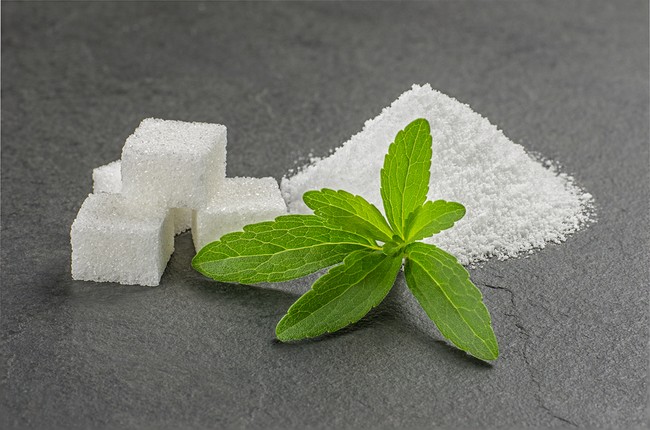- Make It Yourself Lavender Heart-Shaped Bath Bombs!
- 20 Things You Never Knew About “Down There”
- 12 Best Foods For Those Suffering From Arthritis Pain
- 12 Personal Hygiene Mistakes Almost Everyone Makes (Mom Never Told You About #4!)
- 15 Medicinal Plants And Herbs From The Cherokee People
- 12 Mind-Blowing Benefits Of Drinking Coconut Water During Pregnancy
- 12 Outstanding Winter Foods That Won’t Fatten You Up Like A Christmas Turkey
The Most Common Tricky Names For Sugar That Is Hiding In Your Food

Photo credit: bigstock
The following items are types of sugar that contain only glucose. Sometimes they are pure glucose, other times they are combined with other types of sugar other than fructose.
38. Dextrin
39. Barley malt
40. Corn syrup solid
41. Corn syrup
42. Brown rice syrup
43. Dextrose
44. Rice syrup
45. Maltose
46. Diastatic malt
47. Maltodextrin
48. Malt syrup
49. Ethyl maltol
50. Glucose
51. Lactose
52. Glucose solids
The following sugars are strictly fructose sweeteners.
53. Fructose
54. Crystalline fructose
Lastly, there are two types of sugar that contain neither fructose nor glucose. They are not as sweet and, therefore, aren’t as common, but you often find these combined with other types of sweeteners.
55. D-ribose
56. Galactose
The sugar found in natural foods such as vegetables, and dairy products are all natural. You don’t have to worry about these types of sugar, especially when eating the whole food. You will also get fiber, nutrients, and other things Mother Nature intended for you to consume.
However, it’s the unnatural types of sugar that you should look out for. The best way to do this is by eating a more natural, whole food type of diet and removing as many processed foods as you can.
If you do buy processed foods, be aware that some foods contain far more sugar than you ever imagined. The following are the worst offenders:
- Fruit filled yogurts or yogurt drinks
- Canned soup
- Salad dressings
- Tomato sauce, juice, or any type of canned tomato product
- Bread
- Granola bars
- Cereals (even ones that use words like “natural” or “healthy”)
- Dried fruit (this is natural sugar but it is highly concentrated so limit your consumption)
- Juices of all kinds
READ ALSO: The Truth about Sugar Addiction and What Happens When You Quit
Other places where sugar hides is in condiments such as ketchup and soy sauce, as well as many types of canned vegetables. Always read labels carefully and opt to make it fresh (and organic!) as often as possible.
References:
































